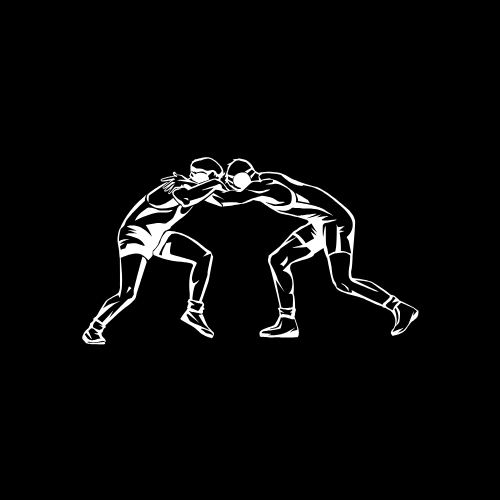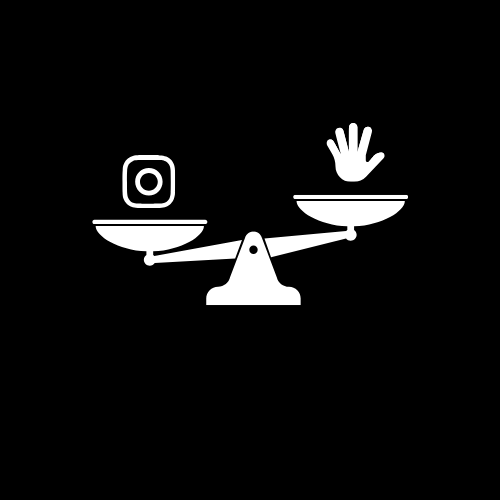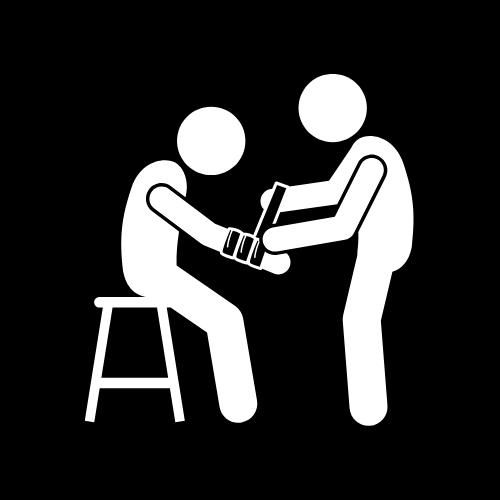The Best Wrestling Skills for Every Stage of Your Jiujitsu Journey
Jiujitsu athletes should focus on specific wrestling skills and positions depending on their goals and experience in the sport.
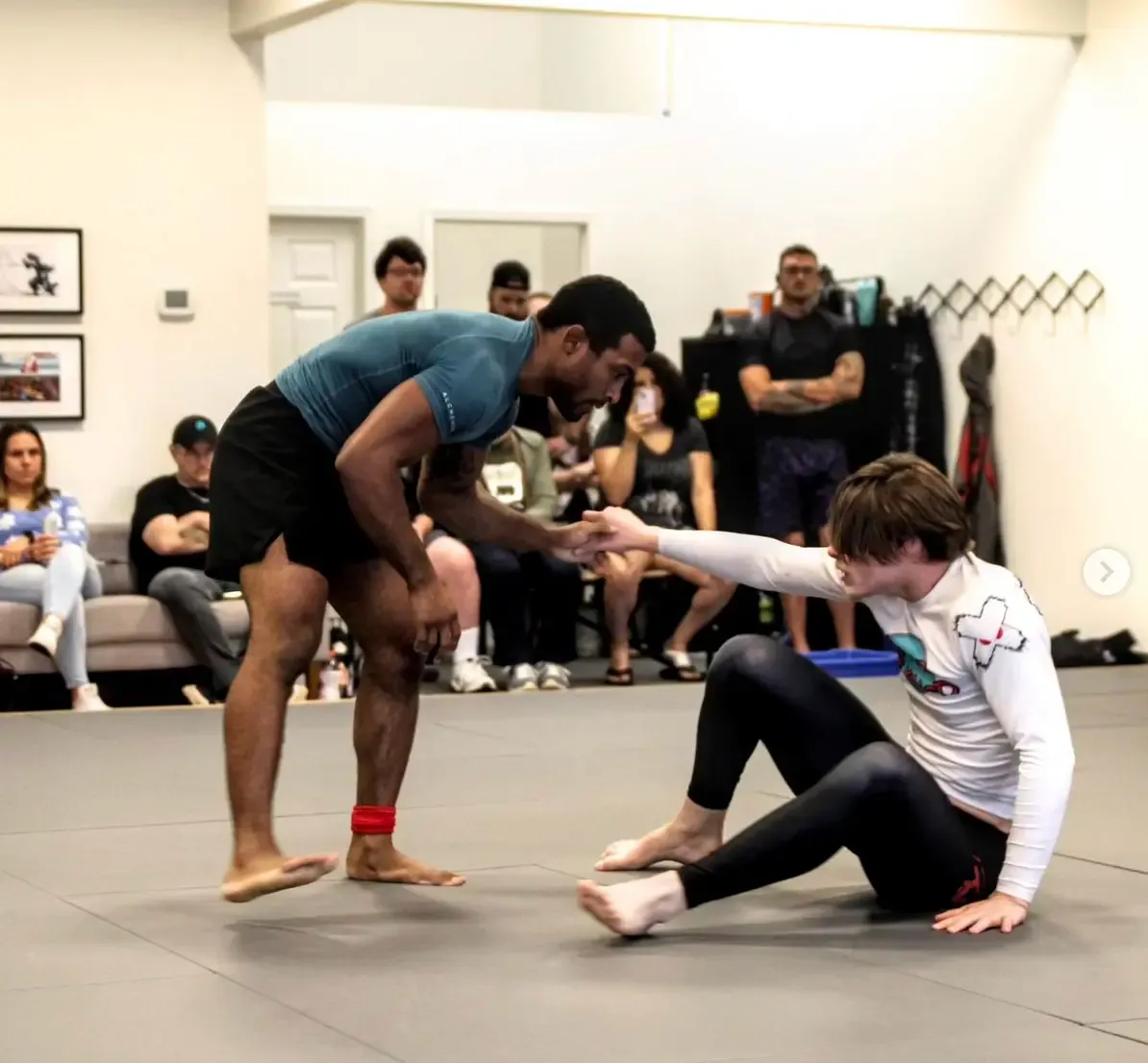
At practice a few weeks ago, a friend asked how jiujitsu athletes should learn wrestling.
That got me thinking.
How should jiujitsu athletes who are new to wrestling go about learning it? How about people who already know a little wrestling? And people competing at the highest levels of jiujitsu?
I did a little research on the most effective takedowns for nogi
And stumbled into a breakdown of takedowns and sweeps at ADCC 2022, by The Grappling Conjecture.
According to him,
"All of the champions except, Gordon Ryan, worked mainly from top position and wrestled to get there. Wrestling was the key to most of the champions success."
And of that wrestling..
"The single leg was king here. There were 30 completions and 139 failures. That gives it a 17.7% completion rate, which isn't terrible, but not particularly great either. The double leg was similar with 23 completions and 85 failures for a slightly high 21.2% success rate."

The single and double were attempted far more than other takedowns at the pinnacle of the sport.
They weren't necessarily the most successful, but they were close relatively speaking.
Other notable takedowns include
- Snapdowns
- Body locks
- Mat Returns
- Uchimata
The single leg was also utilized from the bottom position. The Grappling Conjecture says,
"The single leg was also the common sweep with 12 completions and 34 failures. This was followed by half guard sweeps although they seems a bit less effective. One of the most effective ways to sweep was to try to submit your opponent and then come on top if you can't get it. This had a greater than 50% success rate. Coming up on a bodylock to sweep was also very high percentage."
Who could've guessed wrestling would be more effective from the bottom than traditional sweeps.
"Overall it looked like wrestling up was a bit more effective than traditional sweeps. I think this might be due to people wanting to play it a bit safe and not just dive into people's guards. There are a number of people who aren't good at defending these types of wrestle ups, and also they can be used over and over again with little set up."
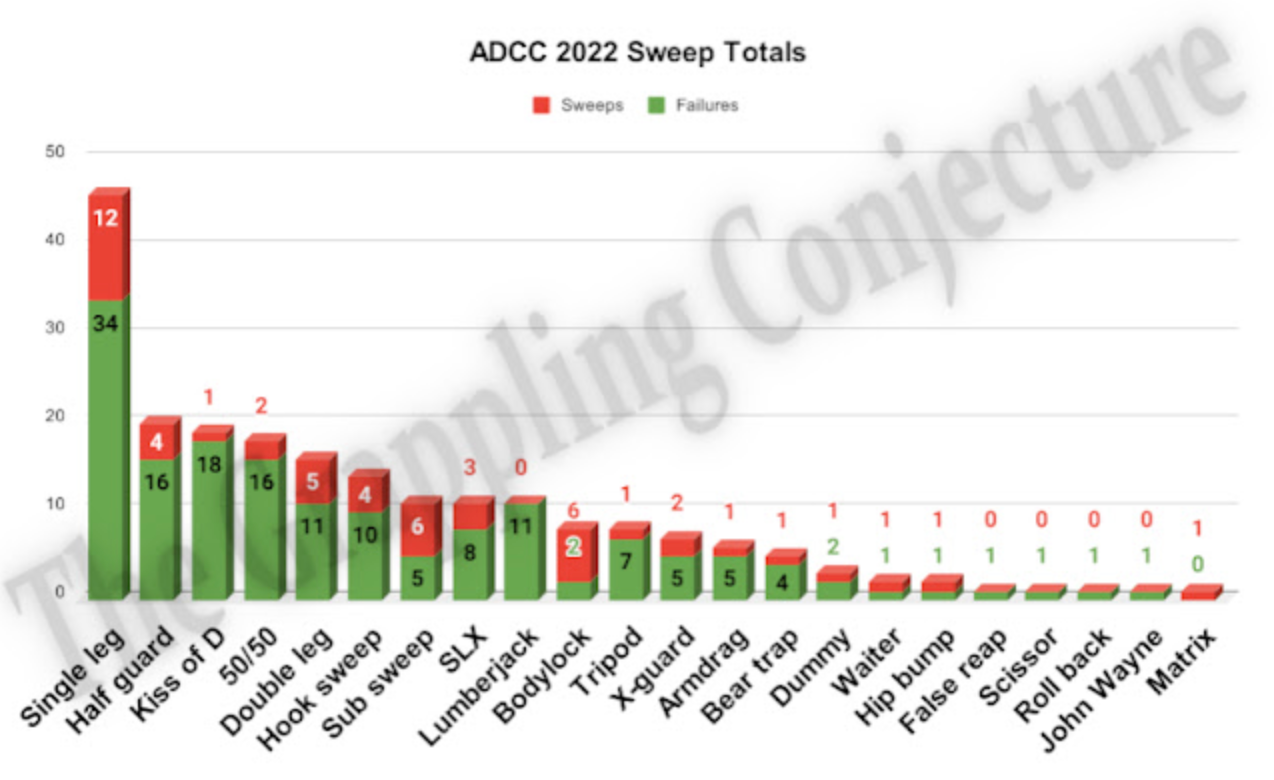
From the data, it's obvious that you need wrestling to compete with the best, escape from the bottom, and end up on top.
From this source alone, it's apparent that you should focus on
- Single legs
- Double legs
- Bodylocks
I highly recommend newcomers focus on those skills, but this doesn't paint the full picture.
The level of wrestling in jiujitsu is abysmal, but it is improving. We need to look at wrestling itself to better understand what works.
On the wrestling front...
The go behind is the number one takedown.
Don't take it from me.
Olympic Champion and five time world medalist – David Taylor – agrees.
It's an easy way to capitalize on your opponents failed takedown attempts.
It also allows you to get to your offense.
Quant Wrestling analyzed the 2019 NCAA DI Wrestling Championships and came to the same conclusion
"Tie-up attacks may be our most broad category of attacks but the data shows they are hands down the most effective as well as the safest attacks. A tie-up attack is any upper-body attack with the goal to just take their opponent down. We’re talking front headlocks, slide-bys, shucks, drags, and go-behinds. They might make up only 9 percent of all attacks, but they actually have the highest finish rate at 47 percent with the lowest chance of opponents scoring at only 5 percent."
Similar to ADCC 2022, single legs were the most used takedown
"The left and right single top the list as the two most common leg attacks. The single leg makes up 63 percent of all leg attacks as well as 56 percent of all attacks total. Of the 1,447 left singles attempted, only 20 percent of them were actually finished for a takedown, while the 1,290 right singles attempted ended in 22-percent takedown rate. Although the right single has a higher chance of finishing, it has a 9-percent chance of the opponent scoring off the attack, while a left single only has a 7-percent chance of the opponent scoring off of the attack."
Where it gets interesting is with the high crotch (my favorite leg attack)
Though the single-leg may be the most common leg attack, it’s actually the high-crotch that is the most effective. Only 7 percent of leg attacks are left high-crotches. Yet the left high-crotch has a finish rate of 27 percent, which is 5 percent higher than any other leg attack. Of course, with all rewards there are risks. With the highest finish rate of any leg attack, the left high-crotch also has the highest rate of opponents scoring at 10 percent of the time.
It's an effective tool, but it's higher risk in jiujitsu with the threat of guillotines. Especially when it's done with your head down.
With all of that being said, it's obvious that anyone looking to improve their stand up game in jiujitsu is required to learn
- Single Legs
- Double Legs
- Go behinds
- Front Headlock Position
There are many variations of the above skills so where should you start?
As a beginner jiujitsu athlete learning wrestling for the first time
Learn takedowns that do not require the penetration step. At least at the beginning.
Your focus should be on
- Handfighting – sets up your leg attacks & allows you to defend against them
- The Snatch Single Leg – simplest single leg & easy to do against high stances
- The Blast Double Leg – explosive attack that allows you to wrap up their legs
- Sprawl/Front Headlock Position – the #1 way to defend against leg attacks if they get past your hands.
- Ankle Pick/Knee Pick – low risk & energy way to take your opponent down. Also gives you an attack across the body.
These skills are basic, effective, and will work on the best competitors jiujitsu has to offer.
Mastering the sprawl and front headlock position will make you a headache to deal with for elite wrestlers since we have to respect the choke.
For those of you who are comfortable wrestling and dabble with competition
It's time to level up your handfighting, add a new single leg variation, and add more tie-up attacks.
I recommend you focus on
- Fakes/Wrist Snaps – best way to get your opponent off-balance and keeps them guessing
- The Sweep Single – a single leg that helps you get past a hard sprawl and handfight. Works against bigger opponents better than a snatch single.
- Body Locks – highly effective method of getting an opponent down without grabbing their legs.
These techniques keeps your opponent off-balance, uses it against them, and allows you to get to your leg attacks easier. Body locks are a great tool to have in the arsenal if your leg attacks aren't working.
Last, but not least, those of you looking to compete at the highest level in jiujitsu
Should focus on
- Reattacks – attacking your opponent directly after they try to take you down. The best wrestlers in the world are masters at this. Your opponent doesn't expect an attack while they're attacking you.
- Stand Ups – At the highest level, you need to be able to get back to your feet. Especially with rule sets that favor wrestling. You can't win every match from the bottom. Learn how to stand up and get back to your attacks.
- Duck Unders – easy way to take your opponent's back when they leave space open while handfighting.
- Slide-bys/Throw-bys – uses your opponent's pressure and hand placement against them to take their back.
Of all the skills for advance competitors, the reattack is the greatest. There is no better time to attack your opponent than directly after their own attack. Here are 50 examples of reattacks and how effective they are.
Get to work!
The positions above are what I believe people should focus on depending on where they are in their careers and what their goals are. But, there's much more to learn and each position branches off to a handful of techniques and skills.
While focusing on these positions...
Keep in mind that you should always be experimenting and sparring. This means going 50-60% with your partner and putting yourselves in these positions on purpose. It's not 100% live. It's a flow to find new positions and figure out how to react. This will build your ability to scramble.
You should also do positional sparring. Grab your partner, put 10 minutes on the clock, and start in a position like a snatch single. Learn how to finish it with resistance and how to switch to other attacks if you can't.
Sparring is the single greatest tool you have.
You learn what skills work for you, you discover new positions, you ask questions about them, and you improve because you discover things for yourself.
It's a positive feedback loop.

